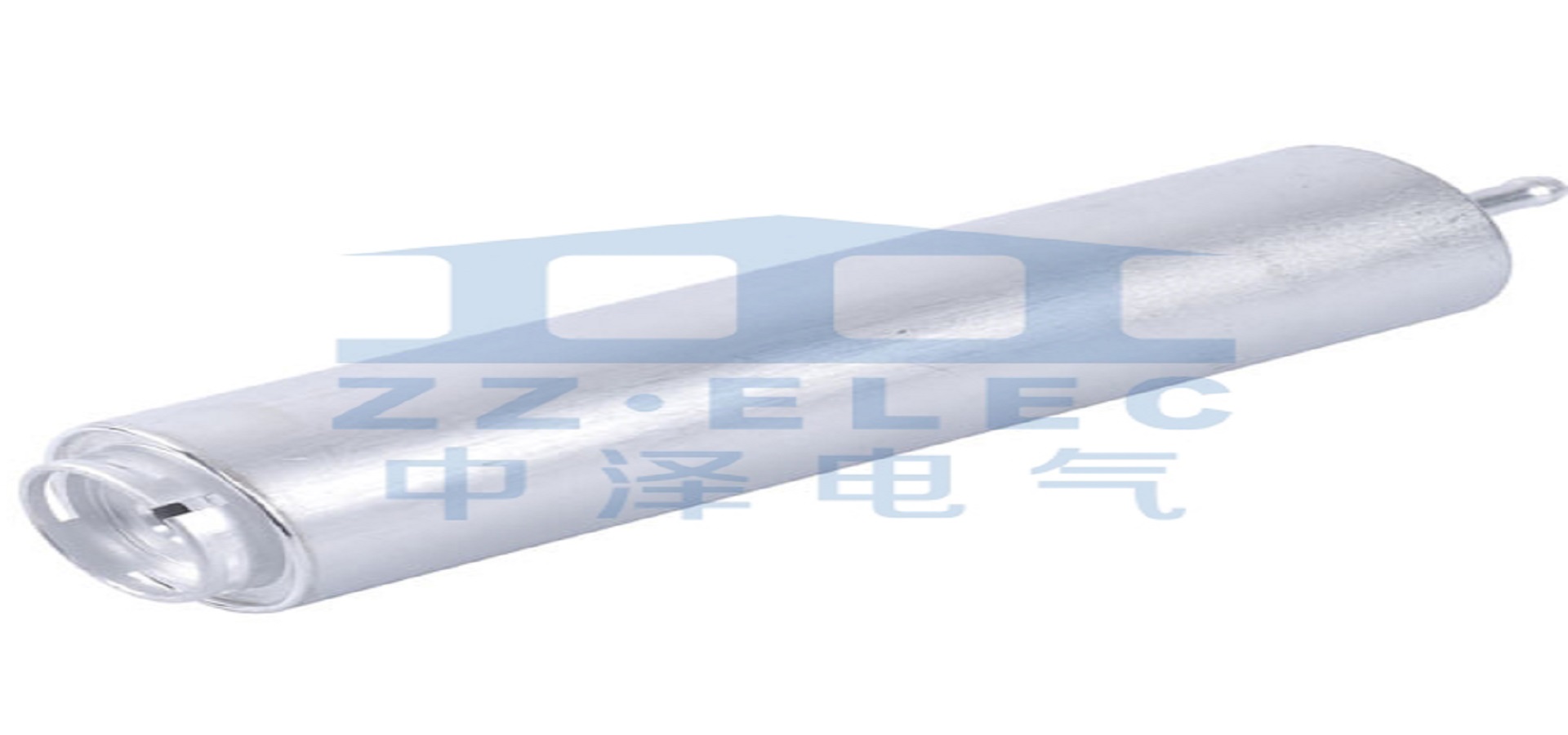In the past two years, my country's power
capacitor manufacturing industry has introduced metalized products in the field of low-voltage capacitor manufacturing to replace the original oil-impregnated paper products. The remarkable feature of metalized capacitors is the so-called "self-healing", that is, the breakdown point can restore the insulation performance instantaneously like a wound healing line when the dielectric is broken down. Because of this valuable self-healing property, metalized capacitors can use ly thin single-layer film dielectrics.

In this way, the capacitor can use a high working electric field strength, so the volume and weight of the capacitor are greatly reduced. But the self-healing has a certain limit. In some cases, the loss of self-healing performance will to the failure of the capacitor. Therefore, understanding the self-healing properties of metalized capacitors is important for both product design and use.
Below we analyze the self-healing process of the following metallized capacitors when breakdown occurs and the factors that affect the process.
The whole process of the dielectric from breakdown to insulation recovery can be described step by step as follows:
Step 1: Breakdown occurs
Under the action of the applied voltage, the capacitor causes the dielectric breakdown to form a conductive path due to the existence or development of weaknesses such as impurities or air gaps in the dielectric;
Step 2: Then a pulse current with a steep edge flows through the metal layer in a small range near the conductive path.
The current on the metal layer near the breakdown point rises suddenly and is distributed inversely proportional to its distance from the breakdown point. At instant t, the temperature of the metal layer in the region of radius Rt reaches the melting point of the metal, and the metal in this range melts and an arc is generated. This current causes the capacitor to release energy, causing a sudden increase in temperature and pressure in the local area of the arc.
Step 3: Insulation Recovery
With the action of the discharge energy, the metal layer in the area of radius Rt evaporates violently and is accompanied by sputtering. In the process of increasing the radius of the area, the arc is pulled off, the metalized capacitor is blown away, oxidized, and cooled, and finally the conductive path is destroyed, forming a circle on the surface of the dielectric that loses the metal layer centered on the breakdown point Insulation area. The self-healing process is thus completed.
The circular insulating area where the metal layer is lost is called the self-healing halo area, and its area is usually in the range of 1-8mm2. A typical self-healing halo area is shown in Figure 2. It should also be pointed out that the evaporation of the metal layer in the halo region does not rely on the heat released by the arc, but directly generates heat through the current through the metal layer.
